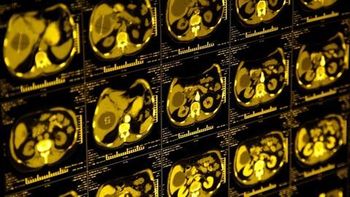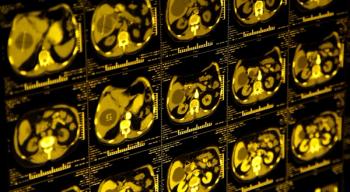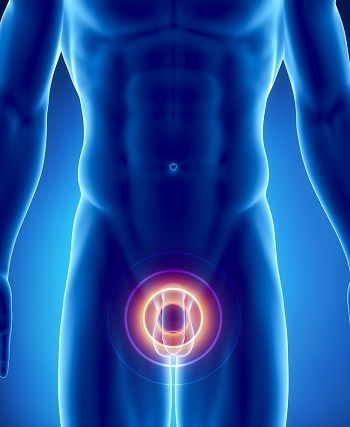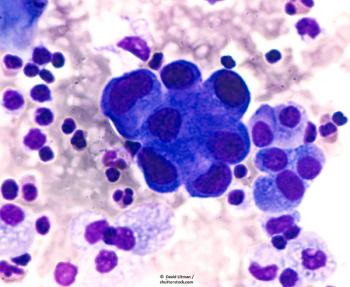
Low-dose CT scans could catch more cancers if the lung cancer screening threshold were dropped to a history of 20-pack-years.

Low-dose CT scans could catch more cancers if the lung cancer screening threshold were dropped to a history of 20-pack-years.

CT and heart attack prediction; lagging outpatient imaging volume recovery; equivalent thoracic MRI performance with COVID-19 pneumonia; and CT colonography during COVID-19

Researchers identify 18F-PMSA-1007 as an equally effective radiopharmaceutical for detecting prostate cancer.

21-expert panel outlined 12 recommendations for when you can delay lung cancer screenings and lung nodule evaluations.

Molecular imaging technique performs better with detection, staging, and determining treatment plans.

Decade-long trial shows frequent CT screening reduces high-risk smokers’ likelihood of dying from lung cancer.

The imaging process provides the most time-efficient sequence with the highest lesion detection rate and conspicuity.

Thirty-two men participated in the retrospective study.

Coverage for prostate MRIs results in challenges for patients and referring physicians seeking to obtain ready access.

Despite recommendations, shared decision-making for lung cancer screening in practice may be far from what is intended by guidelines.

Despite undergoing more imaging outside the VA system, men with low-risk prostate cancer don’t show an improvement in care quality.

Thorough prescreening evaluation is one critical element for a safe and successful lung cancer screening program.

PSA-density does not appear to significantly improve its diagnostic performance.

May contribute to knowledge gap inhibiting patients from improving their health literacy.

A structured template for PI-RADS may increase the diagnostic performance of prostate MRI for clinically significant prostate cancer.

The Bach model, PLCOM2012, LCRAT, and LCDRAT most accurately predict risk and performed best in selecting ever-smokers for screening.

MR imaging of the prostate detects more treatable cancers and reduces overdiagnosis than standard ultrasound-guided biopsies.

Three-dimensional imaging could provide equivalent image quality to 2D acquisitions in T2-weighted imaging of the prostate at 3T.

Detecting clinically significant disease among PI-RADS category 3 lesions may be improved by incorporating clinical parameters into risk stratification algorithms.

Targeted dose CT lung cancer screening does not have substantial effect on life-years saved among high risk groups.

Detecting clinically significant disease among PI-RADS category 3 lesions may be improved by incorporating clinical parameters into risk stratification algorithms.

Compared to standard biopsy strategy, MR imaging-guided strategies are cost effective in helping detect prostate cancer.

By adding a new category to lung CT reports, radiologists can identify more malignant lesions.

Direction from the Society of Nuclear Medicine & Molecular Imaging offers guidance for bone scintigraphy with patients who have prostate or breast cancer.

Multi-parametric MRI may be a substitute for serial biopsies in active surveillance regimens to avoid patient discomfort associated with repeat biopsies.